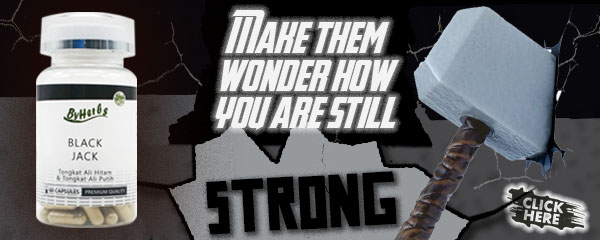7 Exercises Men Should Do Every Day
From yoga to planks, master these fitness techniques and reap the benefits.
Guys, make a plan to stay fit.
Maybe you’re no stranger to the gym – but are you using your time there well? That’s another story. “There are more people exercising than any other time in history, thanks to a boom in health clubs and workout trends,” says Fairfax Hackley, a personal trainer, and former bodybuilder. “But we are more obese, more sedentary, with more aches and pains and diseases than any other country.” Sticking to just one boring, same-old routine in your dark and gloomy gym won’t do it. Here are seven exercises men should consider adding to their daily routines:
- Squats
Squats are versatile, and you can do them with no equipment. “The most important thing with the squat is proper form,” says Jim White, owner of Jim White Fitness & Nutrition Studios in Virginia Beach and Norfolk, Virginia. Stand tall with your feet at hip-width distance apart, shoulders relaxed. Look ahead to keep your neck aligned with your spine and hold your arms straight in front of you or on your hips. Slowly squat as if you’re about to take a seat in the coveted office chair behind you, keeping your heels planted on the ground and torso upright. Aim for eight to 12 reps.
- Lunges
Here’s another move that will keep your core and legs toned, White, says. Make sure your upper body is straight, shoulders are back and relaxed and your chin is up. Step forward with one leg and lower your hips until both knees are bent at a 90-degree angle. The front knee should be directly above the ankle; your other knee shouldn’t touch the floor. Maintain weight on your heels when you push back up to your standing position. Want a challenge? White suggests adding a bicep curl with dumbbells or walking forward during lunges to keep things interesting. Eight to 12 reps will do the trick.
- Cardio
Sweating it out for 20 to 40 minutes on the treadmill or elliptical might be the only kind of cardio you’re familiar with, but it won’t necesarily impact your metabolic rate – or how fast your body burns calories – says Nick Balestriere, a health coach at True Health Integrative Systems in Boca Raton, Florida. Consider adding an anaerobic exercise – like sprinting or jumping – when you’re done with an aerobic activity, which brings your exercise to a more intense level and boosts your metabolism in the process.
- Yoga
Take a deep breath. Namaste. “A lack of deep breathing really begins to exacerbate other problems in the human body,” Hackley says. To improve your breathing and flexibility, consider taking a yoga class. During intense yoga workouts, breathing slows down, as opposed to speeding up like it would during a brisk cardio routine. In addition to training your body to breathe, you’ll also stretch tight or unused muscles, White says. That’s important because inflexible muscles can lead to lower back problems, tightness, and muscle tears, he adds.
- Planks
Ugh! Planks. You love them or hate them, but this grunt-worthy exercise will strengthen your core. “They’re great for spinal stability and back pain,” Balestriere says. Get low to the ground as if you’re going to do a pushup, with your elbows bent 90 degrees and both forearms resting on the floor. Keep your body a straight line from the top of your head to the tips of your heels. Cup your wrists together if they hurt from the pressure. “Start off trying to do it as long as you can, then try to beat that every day,” White says.
- Body-weight resistance
Building muscle isn’t just for bodybuilders. When you’re doing resistance exercises, you’re building and maintaining the amount of thickness in your bones, otherwise referred to as bone mass and density. This kind of exercise is easy to squeeze into your daily routine, too, even if you’re on the road. Balestriere suggests purchasing inexpensive suspension straps, which you can carry in your bag. “You have the ability to do single-arm chest presses, leg curls, and core work, and you don’t even need to leave your hotel room,” Balestriere says. “Resistance training is extremely important for both genders in preventing osteoporosis.”
- Functional training
Functional exercises train the muscles that are used for everyday activities like mowing the lawn – such as the chest, triceps, quads, hamstrings, glutes, and calves. “Functional training can make you stronger for your job,” Balestriere says. By sprinting, jumping, lifting, twisting, and bending, you prepare your body for common daily tasks by simulating the movements they require. You might, for example, incorporate kettlebells and weights into your lunges to simulate vacuuming, or do deadlifts to work the muscles you’ll need for yard work.


